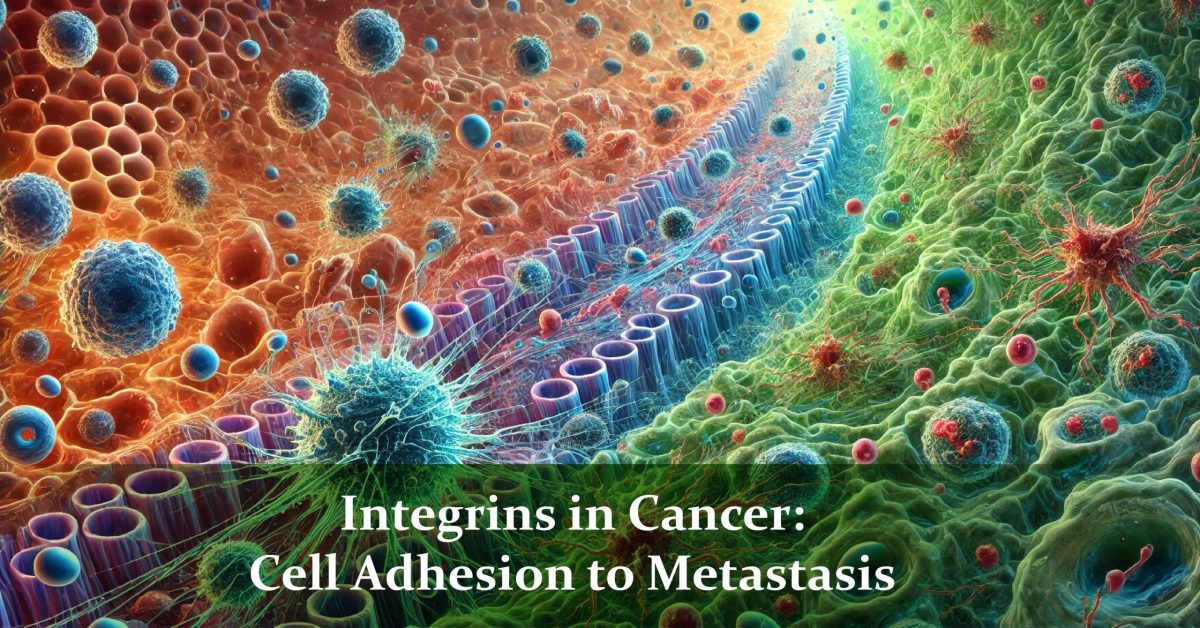Introduction
Cancer is a complex and fatal disease involving abnormal growth of cells; it can spread and infiltrate other organs and tissues as well. Of these processes, a central core is formed that is defined by the relationship between the cancer cells and the microenvironment. Integrins are believed to be one of the most important molecules implicated in such interactions. Integrins are a family of transmembrane proteins that enable the cell to adhere to the ECM and transmit signals within the cell that regulate cell survival, differentiation, and motility. Concerning cancer, integrins have been identified in increasing evidence as significant participants in tumor progression and metastasis. In this article, the authors describe the multiple functions of integrins in cancer, starting with the simple concept of cell adhesion and moving up to the triggering of metastasis.
Integrins: Structure and Function
Integrins are extracellular transmembrane proteins with α and β subunits, also known as integrin a and b subunits. The integrin receptors are composed of these subunits in different combinations and each of them has different binding specificities for ligands. For the most part, integrins are transmembrane proteins that act as cell adhesion receptors and bind to ECM molecules like fibronectin, collagen, as well as laminin. Apart from their ability to bind, integrins are also identified as bi-directional signaling platforms. They convey signals from the ECM to the cell, so-called outside-in signaling and vice versa, inside-out signaling, and are involved in the control of many cellular functions, including migration, cell survival, and differentiation.
However, this evidence explains that integrins are involved in normal tissue architecture. Integrins in healthy tissues are involved in the maintenance of the tissues’ cohesiveness as well as their ability to respond to the ECM. However, in cancer cells, these receptors are abnormally expressed, and the cell responses that they meditate on change and actively participate in tumor formation and cancer spread.
Integrins in Tumor progression
In the following sections, it has been described how integrins can promote tumor progression and metastasis. Among the strategies by which they do this is by promoting the survival chances of cancer cells. For instance, integrin α6β4 induces carcinoma cell’s resistance to apoptosis. This integrin plays a role in signaling a cascade that enables cancer cells to live despite their shakiness, for instance, due to hypoxia or lack of nutrients. It is, however, important during the initial stages of tumorigenesis when cells are under stress to survive the hostile tumor environment.
Besides cell survival, integrins also support the process of cancer cells’ division. Integrins binding with ECM proteins, including laminin-5 and fibronectin, can stimulate pathways like MAPK/ERK, which mediate cell cycle advancement and cell division. This is not only observed at the primary tumor site but is highly significant for the metastatic tumor formation at distal sites.
